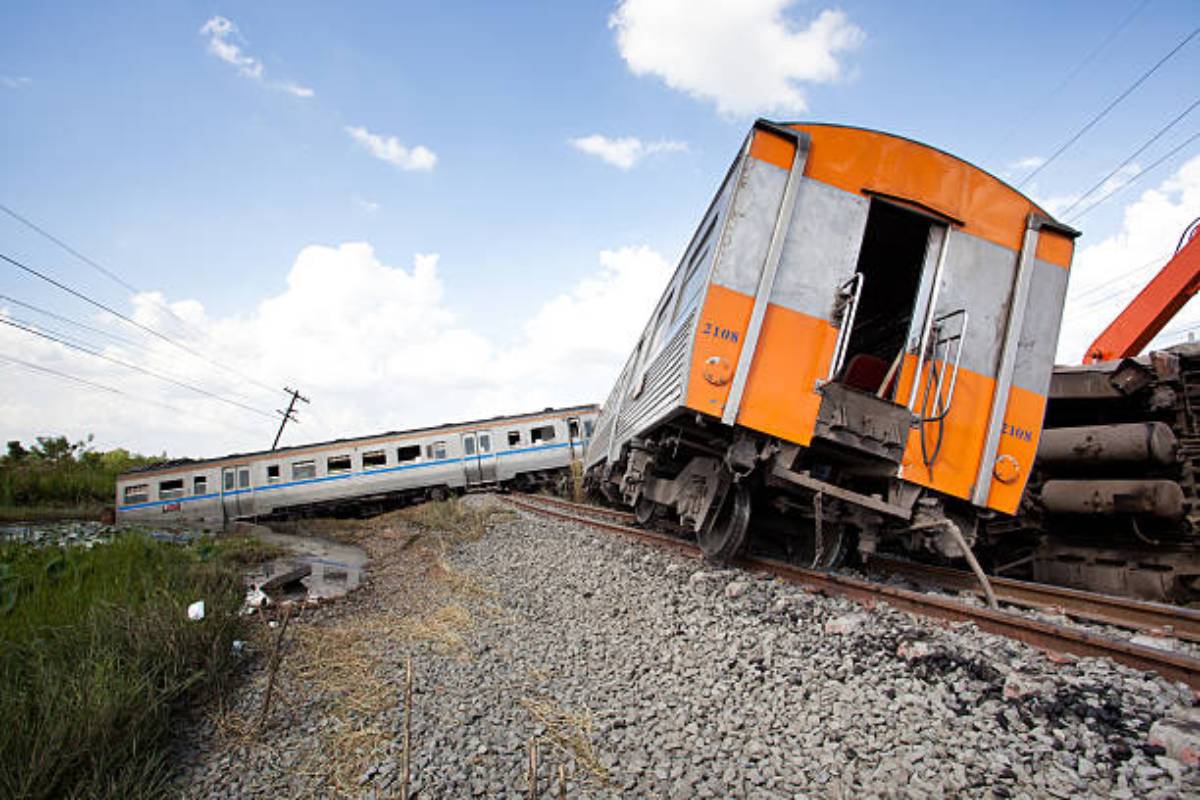Aruna Nayar takes charge as secretary, Railway Board
She has been associated with the Railway Board as additional member, Staff since May, 2023 and as principal executive director/Staff from February, 2022 to May, 2023.
The modern ultrasonic detection test machines are procured to closely inspect the health of the track. But in the last four years, a 50 per cent shortfall was found in the said inspection by the zonal railways.

representational image [Photo : iStock]
In the wake of derailment of the Bandra-Jodhpur Suryanagari Express in the Rajasthan’s Pali district in the early hours of Monday that left 26 passengers injured, it’s being argued in the railway circles that zonal railways are allegedly ignoring the rules set by the Railway Board for track repair and monitoring.
The modern ultrasonic detection test machine is procured to closely inspect the health of the track. But in the last four years, a 50 per cent shortfall was found in the said inspection by the zonal railways.
The Railways are prima facie considering rail fracture as the cause of the train accident. The ultrasonic detection machine detects rail fractures that are not visible to the naked eye during trackman inspection. But surprisingly the work of 50 per cent track inspection by machine was not done by the zonal railways.
Advertisement
In this direction the Comptroller and Auditor General of India (CAG) has pointed to the Railway Board in its report presented in the winter session of Parliament. The CAG has clearly stated in the said report regarding the derailment of trains in the Indian Railways that due to gross negligence of railways in track repair, more than 1,100 derailments have happened in the last four years (2017 to 2021).
The CAG said according to the rules of the Railway Board, the track should be inspected once in two months on major railway routes with ultrasonic machines. While there is a provision for the second railway route once in three months, the CAG found in the investigation that there was a shortfall of 23 to 50 per cent in the inspection by ultrasonic machines on major routes. Whereas in many zonal railways, 100 per cent i.e. track inspection was not done even once.
The CAG has noted in the report that from December 2013, the Railway Board implemented a policy of employing outsourced staff in addition to permanent employees (trackmen) for track repair work. It found in its investigation that the outsourced staff was 9 to 36 per cent less than the capacity in the civil engineering department of various zonal railways.
The CAG observed that due to the inefficiency of the outsourced staff, they are not a helper but a burden to the Railways. This compromises the railway track repair work. Apart from this, there was negligence on the part of the Railways in training the personnel involved in the track repair work. Senior section engineers, track maintainers, welders, junior engineers, supervisors, and a total of 794 safety personnel were not trained.
Advertisement